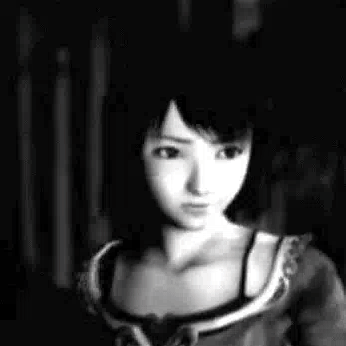schizophrenia
diagnostic criteria
A. Two (or more) of the following, each present for a significant portion of time during a one-month period. At least one of these must be (1), (2), or (3):
::::: 1. Delusions.
::::: 2. Hallucinations.
::::: 3. Disorganized speech (e.g., frequent derailment or incoherence).
::::: 4. Grossly disorganized or catatonic behavior.
::::: 5. Negative symptoms (i.e., diminished emotional expression or avolition).
Associated Features
Prodromal symptoms often precede the active phase, and residual symptoms may follow it, characterized by mild or subthreshold forms of hallucinations or delusions. Individuals may express a variety of unusual or odd beliefs that are not of delusional proportions (e.g., magical thinking); they may have unusual perceptual experiences (e.g., sensing the presence of an unseen person); their speech may be generally understandable but vague; and their behavior may be unusual but not grossly disorganized (e.g., mumbling in public).
B. For a significant portion of the time since the onset of the disturbance, level of functioning in one or more major areas, such as work, interpersonal relations, or self-care, is markedly below the level achieved prior to the onset (or when the onset is in childhood or adolescence, there is failure to achieve expected level of interpersonal, academic, or occupational functioning).
C. Continuous signs of the disturbance persist for at least six months. This six-month period must include at least one month of symptoms that meet Criterion A (i.e., active-phase symptoms) and may include periods of prodromal or residual symptoms. During these prodromal or residual periods, the signs of the disturbance may be manifested by only negative symptoms or by two or more symptoms listed in Criterion A present in an attenuated form (e.g., odd beliefs, unusual perceptual experiences).

Negative symptoms are common in the prodromal and residual phases and can be severe. Individuals who had been socially active may become withdrawn from previous routines, often the first sign of a disorder. Individuals with schizophrenia may display inappropriate affect (e.g., laughing in the absence of an appropriate stimulus); a dysphoric mood that can take the form of depression, anxiety, or anger; a disturbed sleep pattern; and a lack of interest in eating. Depersonalization, derealization, and somatic concerns may occur, sometimes reaching delusional proportions. Some individuals with schizophrenia show social cognition deficits, like deficits in the ability to infer the intentions of other people and may attend to and then interpret irrelevant events as meaningful, perhaps leading to the generation of explanatory delusions. These impairments frequently persist during symptomatic remission.
D. Schizoaffective disorder and depressive or bipolar disorder with psychotic features have been ruled out since either 1) no major depressive or manic episodes have occurred concurrently with the active-phase symptoms, or 2) if mood episodes have occurred during active-phase symptoms, they have been present for a minority of the total duration of the active periods of the illness.
E. The disturbance is not attributable to the physiological effects of a substance or another medical condition.
F. If there is a history of autism spectrum disorder or a communication disorder of childhood onset, the additional diagnosis of schizophrenia is made only if prominent delusions or hallucinations, in addition to the other required symptoms of schizophrenia, are also present for at least one month.
Differential Diagnoses
Other psychotic disorders, Schizotypal Personality DisorderComorbid Disorders
Rates of comorbidity with substance-related disorders are high in schizophrenia. Over half of individuals with schizophrenia have tobacco use disorder and smoke cigarettes regularly. Comorbidity with anxiety disorders is increasingly recognized in schizophrenia. Rates of obsessive-compulsive disorder and panic disorder are elevated in individuals with schizophrenia compared with the general population. Schizotypal or paranoid personality disorder may sometimes precede the onset of schizophrenia.